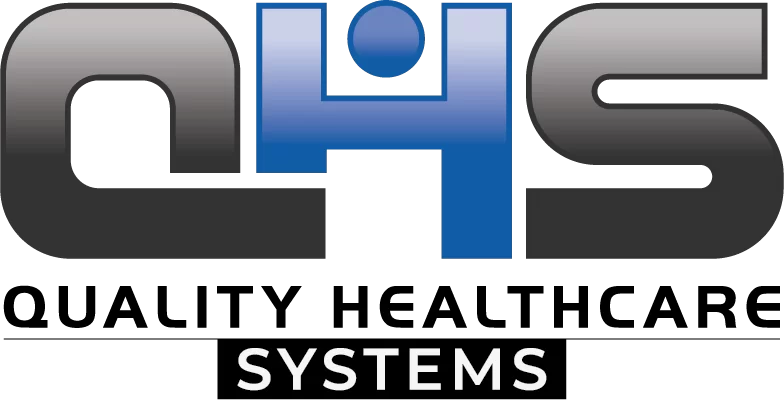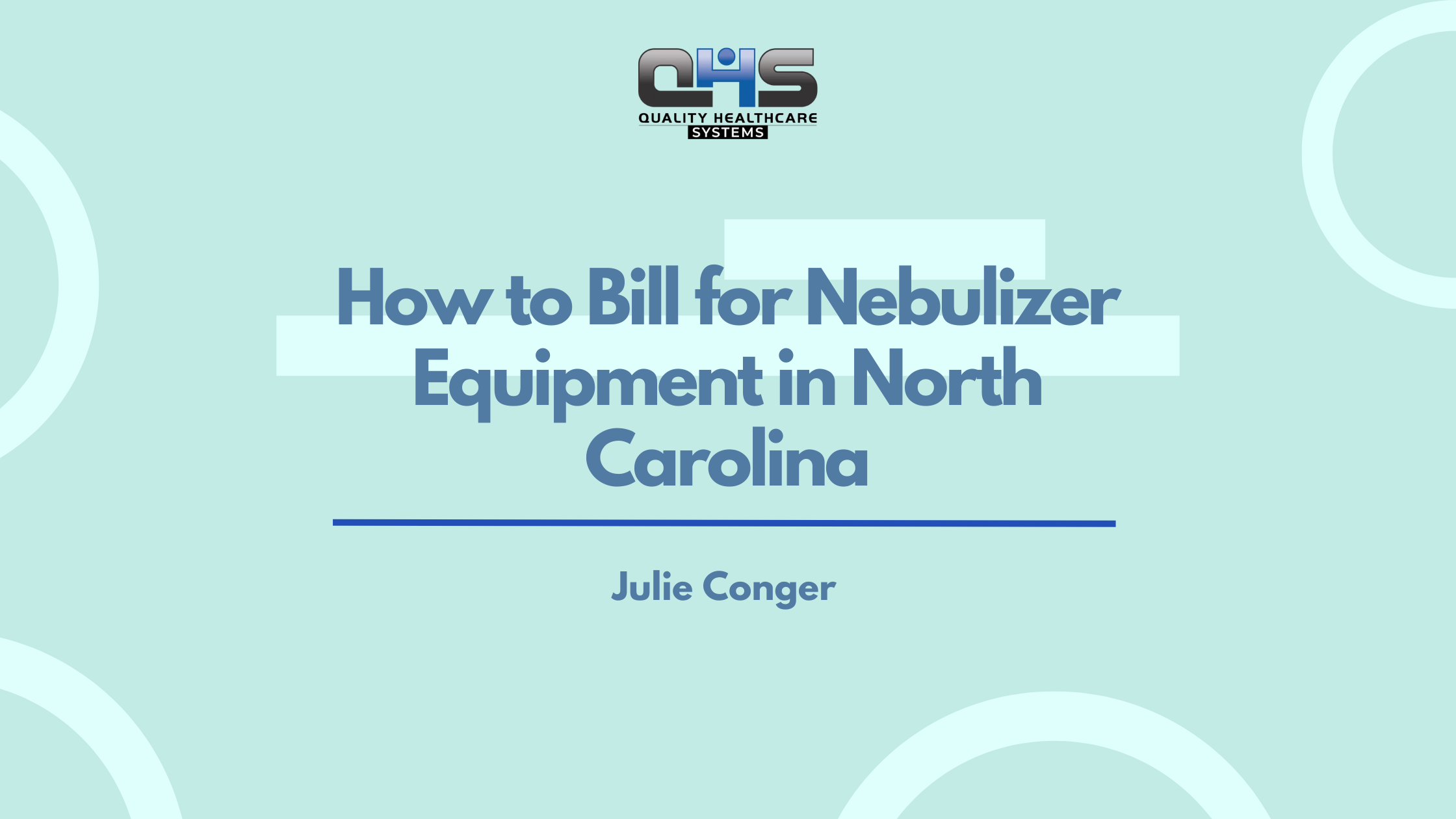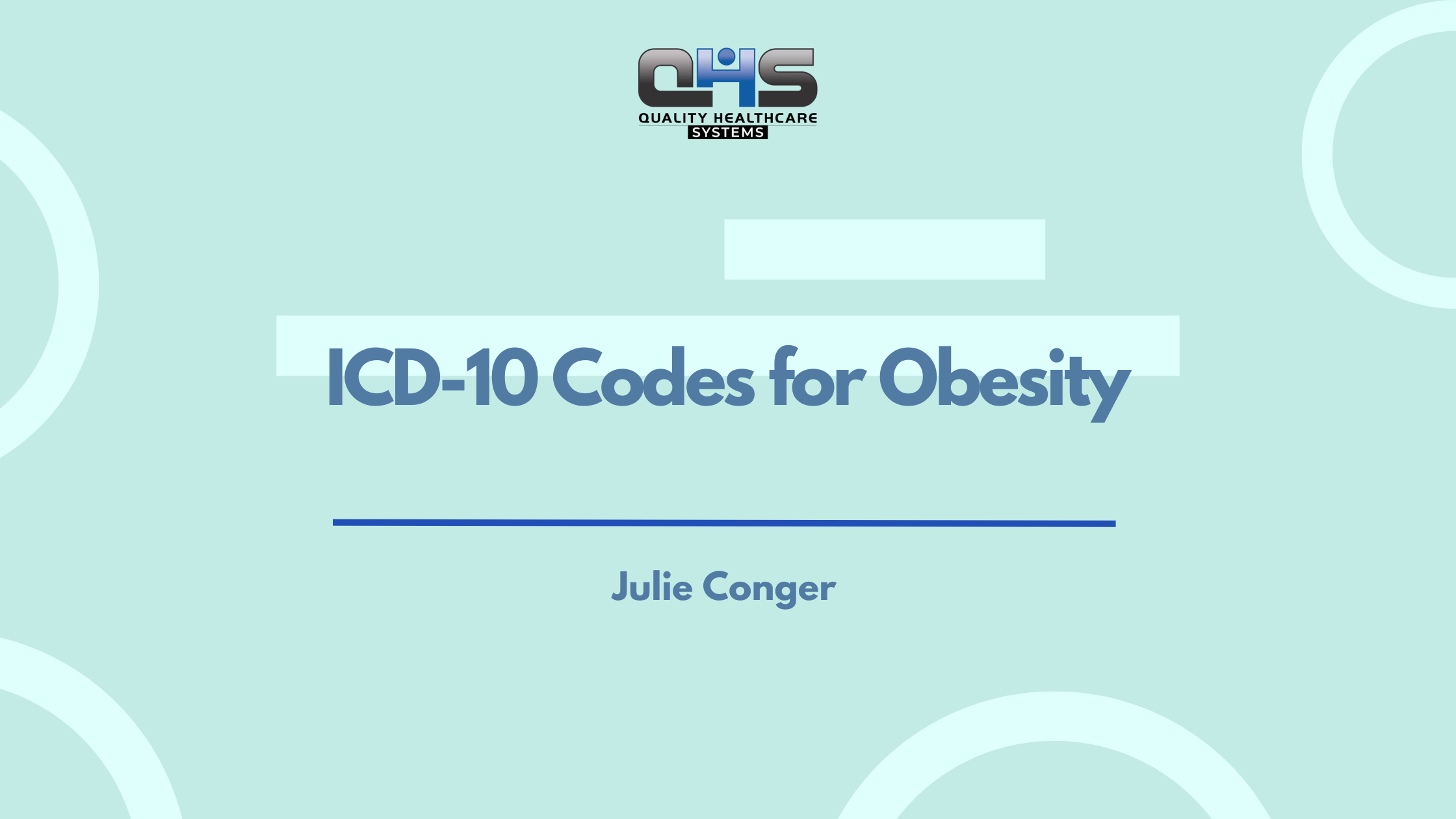Did you know that prosthetic billing errors are one of the top reasons claims get denied in the U.S., with auricular prosthetics being among the most misunderstood by payers? In North Carolina, the complexity only deepens due to varying insurance policies and documentation rules. Whether you’re a provider, clinic administrator, or billing specialist, mastering the intricacies of auricular prosthetic billing is essential, not just for compliance, but for timely reimbursements and patient access.
This guide covers everything you need to know about billing auricular prosthetics in North Carolina, from CPT codes and classification rules to the best billing service providers in the state.
What Are Auricular Prosthetics?
Auricular prosthetics are custom-designed silicone ears used to restore form and sometimes function for patients with missing or deformed outer ears. These prostheses provide psychological, cosmetic, and sometimes auditory benefits, depending on the design and attachment system used.
What is Auricular Prosthetic Billing?
Auricular prosthetic billing lies at the intersection of reconstructive healthcare, insurance reimbursement, and durable medical compliance. Billing accurately for a prosthetic ear—especially in states like North Carolina—requires a clear understanding of procedural codes, medical necessity documentation, payer classification rules, and insurance guidelines.
CPT Codes and HCPCS Used for Auricular Prostheses
Auricular prostheses are primarily billed using Level II HCPCS codes, which are standardized codes developed by CMS (Centers for Medicare and Medicaid Services) for non-physician services, prosthetics, and DME.
-
L8040 – Ear prosthesis, preformed
Typically used for stock or off-the-shelf prosthetic ears that require minimal customization. -
L8041 – Ear prosthesis, custom-fabricated
Used when the prosthesis is handcrafted or molded specifically for the patient. This code is common in cases involving congenital deformities or post-surgical reconstruction.
In addition to these base codes, add-on billing codes may be used to represent ancillary services:
-
L7510 – Repair of prosthetic device, 1 component
-
A9270 – Non-covered items and services (for documentation purposes)
-
Custom Impression or Mold Codes – May be separately reportable depending on the payer policy
Important Note: Always cross-reference the payer’s medical policy and modifier requirements, as some insurers demand additional detail (e.g., side-specific modifiers like RT for right and LT for left).
Classification: Prosthetic vs. Durable Medical Equipment (DME)
Auricular prosthetics fall under the external prosthetics category, not Durable Medical Equipment (DME). This distinction has critical implications:
-
Prosthetics are devices that replace, in whole or in part, a body extremity or organ.
-
DME, by contrast, includes reusable equipment like walkers or hospital beds used for medical necessity in the home.
Because auricular prostheses are designed to permanently replace a lost anatomical feature, they are billed under prosthetic-specific HCPCS codes and must meet prosthetic medical necessity standards, not DME coverage rules.
This classification affects how claims are processed by both Medicare Administrative Contractors (MACs) and state Medicaid programs, especially in North Carolina, where prosthetic coverage is subject to tighter documentation protocols.
ICD-10 Diagnosis Codes That Justify the Prosthetic Ear
Prosthetic billing must be supported by valid ICD-10-CM diagnosis codes that establish medical necessity. Common codes include:
-
Q17.2 – Microtia
A congenital deformity of the external ear. Most often used in pediatric or adolescent reconstruction cases. -
S02.2XXA – Fracture of nasal and ear bones, initial encounter
Represents traumatic injury to the external ear structures—often seen in accidents or sports injuries. -
Z85.820 – Personal history of malignant neoplasm of skin of ear and external auricular canal
Used when a patient has undergone surgical resection due to skin cancer, requiring auricular reconstruction.
Other supporting ICD-10 codes may include Z44.1 (Fitting and adjustment of external prosthetic device of head and face) or Z46.89 (Encounter for fitting/adjustment of other specified devices).
Insurers will cross-check these codes with the HCPCS to determine whether the procedure is medically indicated or possibly cosmetic, which directly impacts claim approval or denial.
Role of Medicare, North Carolina Medicaid, and Private Insurance
The reimbursement structure for auricular prosthetics varies based on the payer class. Here’s how each typically handles such claims:
Medicare
-
Coverage Criteria: Must be medically necessary and prescribed by a licensed physician.
-
Documentation: Requires clinical records, diagnosis confirmation, and prosthetist notes.
-
Reimbursement: Based on the Medicare Fee Schedule, which may be lower than private rates.
-
Limitation: Cosmetic justifications are not covered (e.g., personal dissatisfaction with appearance alone).
North Carolina Medicaid
-
Preauthorization: Mandatory for all custom prostheses under NC Medicaid policy.
-
Coverage Scope: Covers auricular prosthetics for congenital conditions, cancer-related surgeries, or traumatic injury—provided medical necessity is documented.
-
Provider Requirements: The provider must be Medicaid-enrolled, and the prosthesis must be delivered and fitted by a qualified prosthetist.
-
Claim Review: Subject to state fee schedules and potential audit.
Private Insurers (e.g., BCBS NC, Aetna, Cigna)
-
Coverage Variability: Many private insurers treat auricular prosthetics as cosmetic, unless tied to functional or oncological indications.
-
Policy Nuances: Some require genetic or surgical documentation to validate congenital cases.
-
Appeals Process: Strong clinical documentation can overturn denials through appeals with letters of medical necessity and physician support.
How to Bill for Auricular Prosthetics in North Carolina
Preauthorization Requirements by NC Insurers
Most North Carolina insurers, including Medicaid, require preauthorization for any prosthetic services exceeding a certain cost threshold. Lack of preauth is a common reason for denials.
Documentation and Medical Necessity
You must submit:
-
A signed prescription from the treating physician
-
Clinical notes explaining the medical necessity
-
Photos or imaging (for custom cases)
-
ICD-10 diagnosis code
-
Itemized cost breakdown if requested by insurer
Billing Workflow from Provider to Reimbursement
-
Intake and Evaluation
-
Preauthorization and Coding
-
Device Fabrication
-
Fitting and Delivery
-
Claim Submission
-
Payment Posting and Follow-up
Each step should be documented for audit protection and payer compliance.
Common Billing Errors to Avoid
-
Using incorrect or outdated HCPCS/CPT codes
-
Omitting modifiers required by certain insurers
-
Failing to submit proper documentation for custom prosthetics
-
Billing DME instead of prosthetics codes
-
Missing deadlines for prior auth or appeal windows
Classification: Prosthetic vs. Durable Medical Equipment (DME)
Auricular prosthetics are classified as external prosthetic devices, not Durable Medical Equipment (DME).
-
Prosthetics replace a lost body part or organ.
-
DME refers to reusable medical items like wheelchairs or walkers used in the home.
Auricular prostheses are billed using prosthetic-specific HCPCS codes and must meet prosthetic medical necessity criteria—not DME requirements.
This classification directly affects how claims are processed by Medicare Administrative Contractors (MACs) and North Carolina Medicaid, both of which require strict documentation for prosthetic coverage.
ICD-10 Diagnosis Codes That Justify the Prosthetic Ear
To qualify for reimbursement, claims must be supported by accurate ICD-10-CM diagnosis codes. Commonly accepted codes include:
-
Q17.2 – Microtia: Congenital malformation of the external ear.
-
S02.2XXA – Fracture of nasal and ear bones (initial encounter): Typically trauma-related.
-
Z85.820 – History of skin cancer of ear or auricular canal: Used after surgical resection.
Additional supporting codes:
-
Z44.1 – Fitting of external prosthetic device of head/face
-
Z46.89 – Adjustment of other specified devices
Payers verify these ICD-10 codes against the billed HCPCS to confirm medical necessity. If codes suggest cosmetic rather than reconstructive intent, claims are likely to be denied.
CPT and HCPCS Codes for Auricular Prosthetics
Correct coding is critical when billing for auricular prostheses in North Carolina or any other state. These services fall under HCPCS Level II codes and must reflect the nature of the prosthesis—whether custom, prefabricated, or repaired.
| Code | Type | Description | When to Use |
|---|---|---|---|
| L8040 | HCPCS – Prosthetic Ear | Prosthetic ear, silicone, prefabricated | Use for non-custom prosthetic ears |
| L8041 | HCPCS – Prosthetic Ear | Prosthetic ear, custom fabricated | Use when creating a personalized prosthesis |
| L8042 | HCPCS – Repair/Replace | Replacement of externally worn prosthetic ear | When replacing a damaged or worn-out prosthesis |
| L7510 | HCPCS – Repair Supplies | Repair of prosthetic device, 1 unit = minor repair supplies | Used with documentation of repair purpose |
| L7520 | HCPCS – Labor Charges | Labor for repair/modification of external prosthesis, per 15 min | Pair with L7510 when billing for time/labor |
| V2623 | HCPCS – Prosthetic Restoration | Prosthetic external ocular or facial prosthesis, custom fabricated | Use only for full facial restoration cases |
Best Auricular Prosthetic Billing Company






